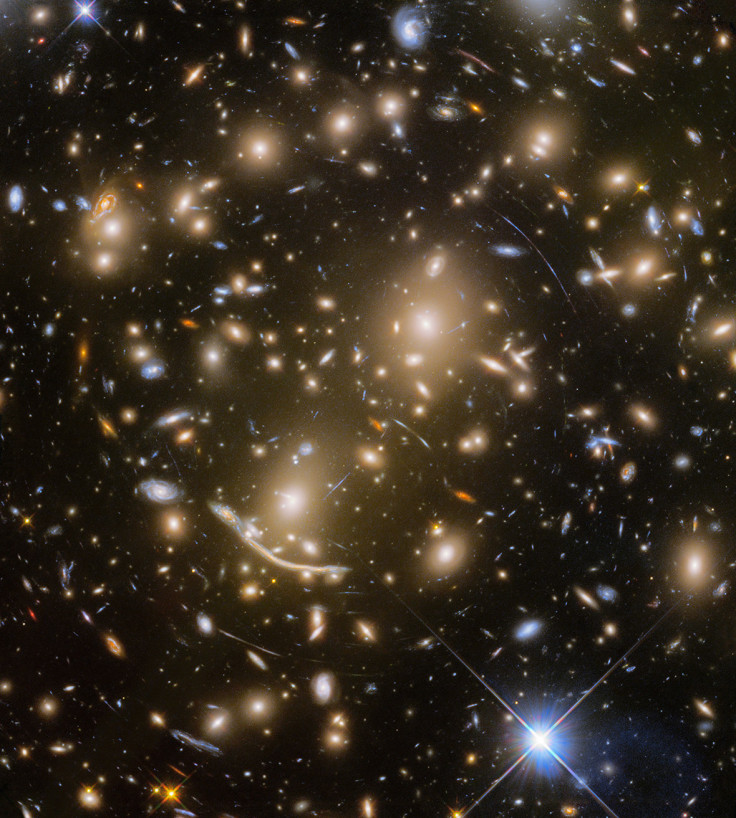'Einstein would be proud': Direct observation of gravitational lensing helps measure mass of white dwarf star
Scientists have estimated the mass of the white dwarf star Stein 2051 B.

Scientists have directly observed the bending of distant starlight by gravity, predicted by Albert Einstein nearly a century ago and for the first time, they have used it to measure the mass of a nearby white dwarf star.
These findings are valuable to understand the evolution of these stars, which is very important to astronomers as the majority of the stars that have ever formed in the galaxy, including the sun, will become or already are white dwarfs.
Nearly a 100 ago, Einstein became associated with 'one of the greatest achievements in the history of thought' when he developed his theory of general relativity.
One of his key predictions was that the curvature of space near a massive body - such as a star - causes a ray of light passing nearby to be bent by twice the amount that would be expected based on classical laws of gravity.
In 1919, gravitational deflection of starlight around the sun during a solar eclipse provided the the first convincing evidence of Einstein's theory.
Einstein then extended the concept further, saying that the curvature of space near massive objects allows them to act like lenses. When a star in the foreground passes exactly between us and a background star, it bends the light of the more distant star and causes it to appear in a different position than it actually is, and much brighter - a phenomenon known as gravitational microlensing. However, in a Science paper published in 1938, Einstein wrote that "there [was] no hope of observing ... directly" this phenomenon.
Advanced telescopes
It now seems that the technological advances have the last century have caught up with his ideas. In a study now published in the journal Science, researchers led by Kailash Sahu of the Space Telescope Science Institute in Baltimore describe how they were able to see a star pass in front of another and to observe the lensing effect directly.

They took advantage of the superior angular resolution of the Hubble Space Telescope and searched more than 5,000 stars, looking for any that would be passing in front of fainter background stars in an asymmetrical alignment. They identified one - the white dwarf Stein 2051 B - which was set to be in such a position in March 2014.
They used the Hubble Space Telescope to observe the phenomenon - a telescope much more powerful than anything Einstein could have imagined. With it they measured tiny shifts in the apparent position of a background star behind Stein 2051 B.
Based on the data they have gathered, the authors estimate the white dwarf star's mass to be roughly 68% of that of our sun. This discovery is significant because it can help us understand the evolution of white dwarf stars which are so important to the universe.
In a related perspective piece in Science, scientist Terry Oswalt of Embry-Riddle Aeronautical University wrote: "Einstein would be proud. One of his key predictions has passed a very rigorous observational test.
"The research provides a new tool for determining the masses of objects we can't easily measure by other means. The team determined the mass of a collapsed stellar remnant called a white dwarf star. Such objects have completed their hydrogen-burning life cycle, and thus are the fossils of all prior generations of stars in our Galaxy, the Milky Way. They tell us about our future, as well as our history."
© Copyright IBTimes 2025. All rights reserved.





















